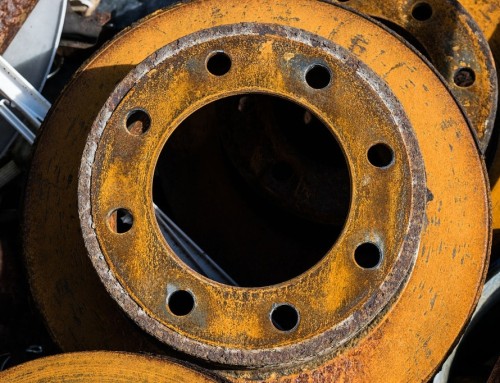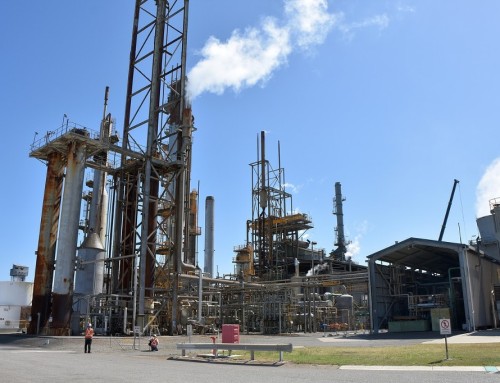
Kariba Dam was built during the Federation years
ZIMSEC O Level History Notes: Federation of Rhodesia and Nyasaland: Economic Developments during the Federation
- The federal state attracted funding and capital for big investment programs such as the Kariba dam which was constructed by the Federation from 1955-1959
- The dam wall construction costed about £110 million
- The dam was constructed to supply electricity to the copper belt in Northern Rhodesia and industries in Zimbabwe
- In 1959 the Kariba Dam was regarded as the largest man-made lake in the whole world
- The dam not only supplied electricity but it stimulated the development of other industries such as the fishing industries which were to the benefit of villages around the dam
- The dam also encouraged irrigation projects and sugar plantations were developed
- The tourism industry was also boosted as the dam became a major tourist attraction and tourist resorts were built around the dam
- Agricultural schemes were started which boosted the economy of the country
- A rice and wheat scheme was started on the Kafue Flats in Zambia
- In the Shire valley, cotton, sugar and rice schemes were also started
- Irrigation projects were also started in the lower veld of Southern Rhodesia such as Hippo Valley and Triangle Estates and dams were built to supply water to the various irrigation schemes set up
- The Kyle/Mutirikwi dam was built in Masvingo to provide irrigation water for the sugar plantation
- In 1958 the total earnings gained from the selling of Agricultural produce was £43 million with tobacco being the highest seller and £153 000 000 was realised from dairy products
- 12 000 African and 350 Europeans benefited from agricultural yields produced by areas that were regarded as unproductive before by 1962
- Copper was the best seller of the Federation and it was mined in Northern Rhodesia
- Profits from the copper sales was used to stimulate industrial growth in Southern Rhodesia and mining
- Southern Rhodesia provided about 80% of the federation’s manufactured goods
- Cheap labour used in Southern Rhodesia was taken from the other two territories
- Salisbury and Bulawayo cities took a large portion of the profits realised and they were greatly developed
- Houses, blocks of flats, skyscrapers and offices were constructed in these cities
- A modern Art Gallery, libraries, museums, cinemas, halls, concert halls and Archives were built in Salisbury
- Transport networks were also improved with railways being built to link the major cities in the three colonies and also they were linked with sea ports, for example, the Bulawayo-Lourenco(present day Maputo) railway
- The Bulawayo Airport was built in 1956 which is now called the Joshua Mqabuko Nkomo Airport
- Roads were tarred and widened to link major cities
- The developments also spread to rural areas with bridges and earth roads being constructed in many rural areas
- Southern Rhodesia was the greatest benefactor of the federation as discussed above and Northern Rhodesia was the biggest loser
- The power station was also built at the southern side of the Zambezi which belonged to Zimbabwe
- The first university called the University of Rhodesia and Nyasaland then(University of Zimbabwe now) was built in Salisbury
- Northern Rhodesia and Nyasaland also provided ready markets for good produced in Zimbabwe nationalists in Nyasaland and Northern Rhodesia were against the idea of a federation and fought very hard for its dissolution
To access more topics go to the History Notes page.




